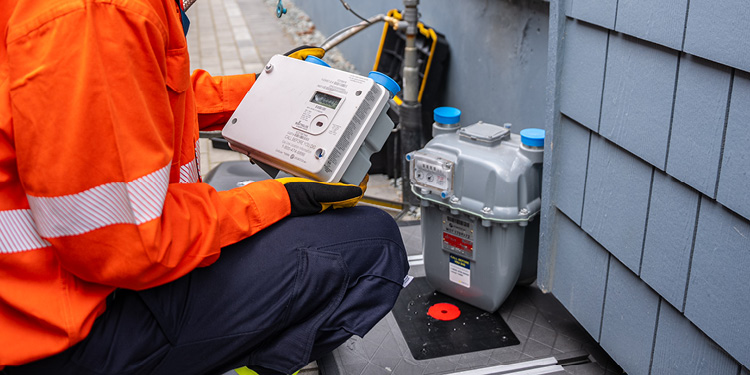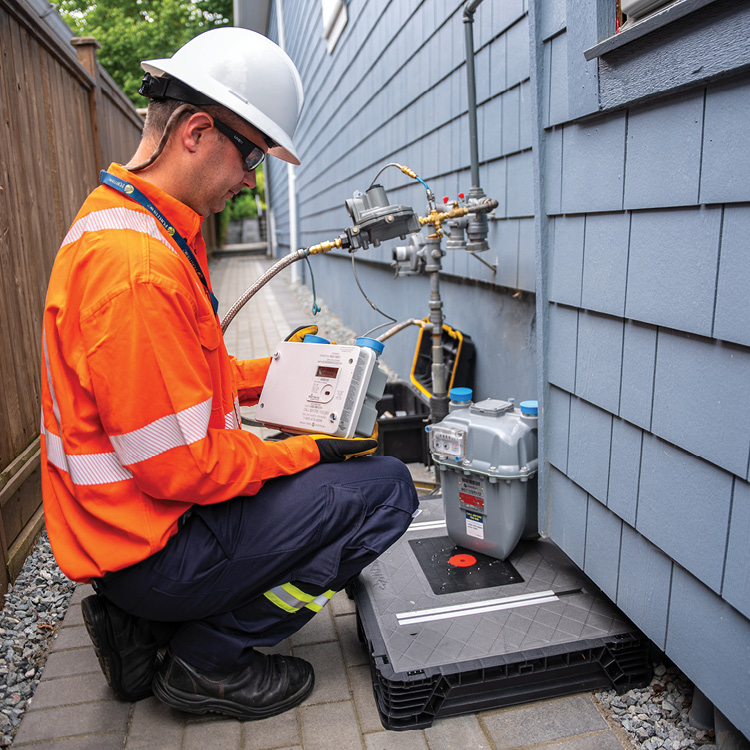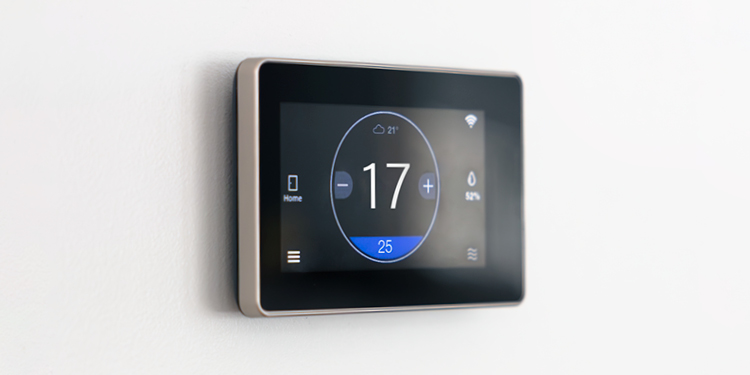7 tips to help you save on your energy bills during a cold snap
January 12, 2021
Updated: January 2, 2026
Cold temperatures and snowy conditions mean we’re officially in heating season. Energy use increases for most B.C. households during winter months because as temperatures drop, our heating systems work harder to help keep us warm.
It’s important to remember that using more energy now can lead to a higher bill in a few weeks, even if it seems like it’s warmed up outside, and you’ve used less gas or electricity. We have some tips to help you manage your energy use on even the coldest days.
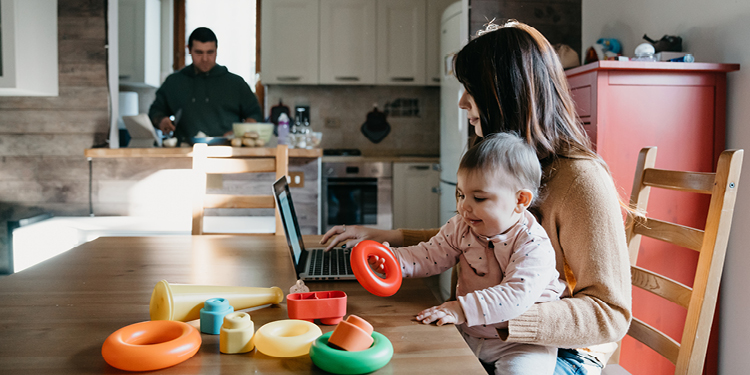
1. Understand your energy use
Every household uses energy differently so take the first step and learn how your home uses it. By doing this, you’ll be able to choose energy efficiency upgrades for targeted areas. Typically, we see the highest energy use in December and January so it’s a good time to check in on how much energy you’re using and apply the tips below to help you lower it.
If you’re an electricity customer, we have online tools to help you track how much electricity you’re using at different times throughout the day. Our gas and electricity customers can also use My energy use, through Account Online, to access personalized energy-saving tips to help lower your winter energy use.
Other reasons your bill may be high can include the use of portable heaters and other appliances, in addition to poor insulation and having more people at home during the day. See why your gas bill might be high, and why your electricity bill may be high.
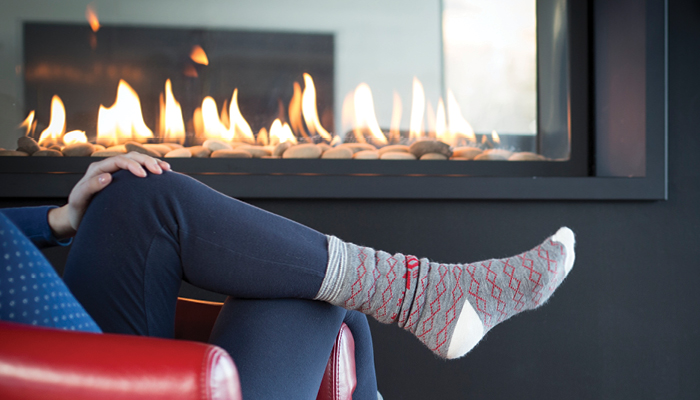
2. Heat only the rooms you’re using
The storage room in your basement or unused guest room doesn’t need to be kept at a comfortable temperature, so why pay to heat these areas? You can quickly fix this by closing doors or turning down the thermostat for baseboard heaters in these unoccupied rooms.
If you have a gas fireplace in a living space where your whole family is hanging out, you can turn this on and turn down the thermostat for your furnace. This is called ‘zone heating’ and it can help you reduce heating costs by only using heat where needed.
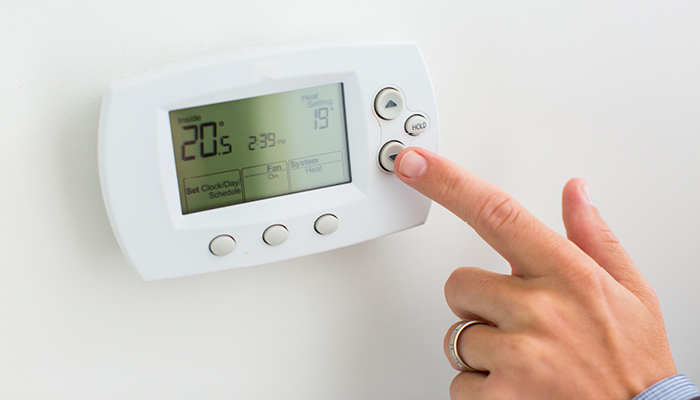
3. Use a programmable or connected thermostat
At one time or another we’ve all left the house and then remembered that we left the thermostat cranked up to 20 degrees when no one is home, so investing and installing a programmable or connected thermostat can help you save on your energy bills. Set it to 17 degrees Celsius when out or asleep, and 20 degrees Celsius when home and awake.
Connected thermostats are a great way to manage your winter energy use from your phone. The added benefit of these thermostats is that it learns your habits and automatically adjusts to energy-saving temperatures at appropriate times.
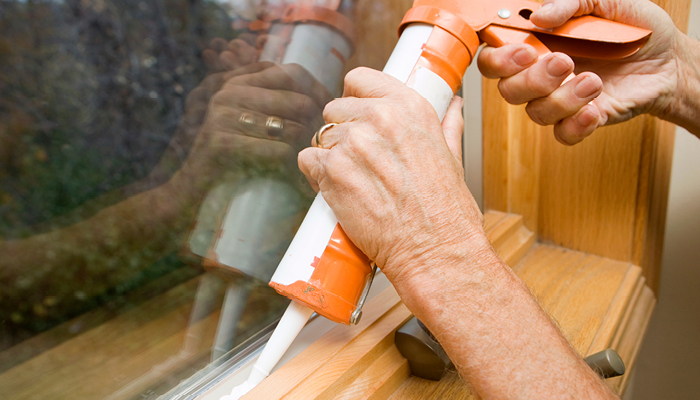
4. Reduce air leaks and drafts
Any heat loss is money loss. Windows and doors can be big culprits of letting the cold winter air into your home while also letting the heat escape. When this happens, it prompts your heating system to turn on more often to keep your home at a comfortable temperature.
A simple, effective and relatively inexpensive way to help reduce these leaks is to use caulking and weather stripping to seal these gaps and cracks. Both materials can be found at your local hardware store. Use caulking around window and door trims as well as around inoperable window frames. Weather stripping can be used on exterior door and window openings between the door or window and the frame.
Electricity customers with qualifying incomes can apply for a free Energy Savings Kit filled with helpful draftproofing items like this.

5. Make energy-efficiency upgrades
Nothing lasts forever—all the equipment in our homes will need to be replaced eventually. If you have an older home, consider upgrading to high-efficiency models. An easy, low-cost upgrade is LED lightbulbs.
A bigger investment is replacing your gas furnace, but a high-efficiency model can save you a lot of energy—and money—year over year. Adding more insulation to your home can further reduce heat loss making it more comfortable on cold winter days.
We offer rebates on select high-efficiency appliances and equipment as well as insulation and windows. Before you undertake any upgrades, check out the eligibility requirements for the rebate you’re applying for.
6. Set up an equal payment plan
You probably experience a higher than average bill in the winter and a lower than average bill in the summer. To avoid seasonal fluctuations, set up an equal payment plan. Costs are averaged out over 12 months so you’re paying roughly the same amount every month.
7. Have your appliances serviced regularly
Regular maintenance, like annual furnace service by a licensed gas contractor as well as occasional attention like changing filters, can help keep appliances operating at their best – safely and efficiently.
Year-round benefits
By making high-efficiency upgrades and taking these steps, it will not only help you manage your winter energy use but summer use too, leading to continuous year-round savings.
We’ve got even more energy-saving tips and how-to videos so you can find ways to reduce your energy use that work for you.

